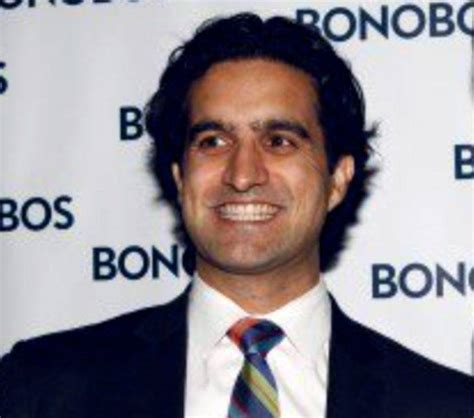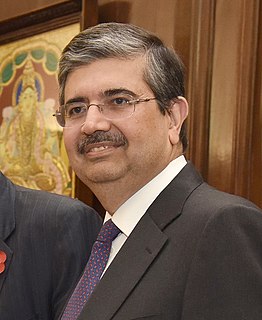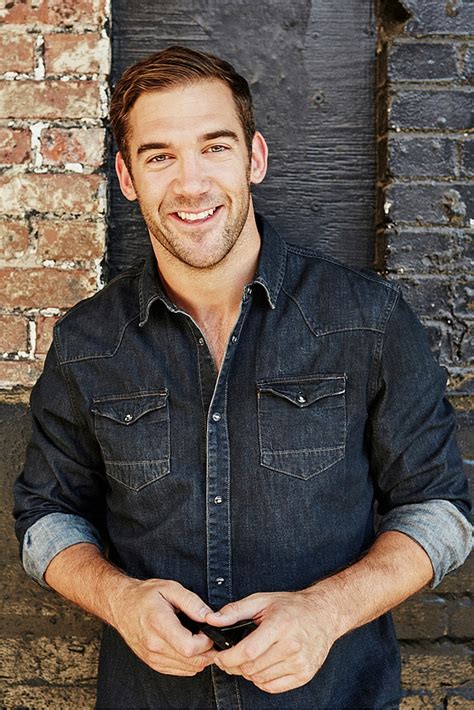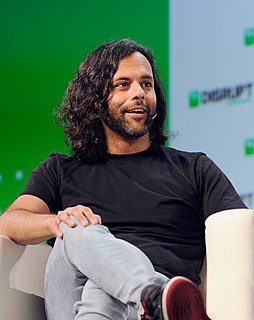A Quote by Andy Dunn
The digitally native vertical brand (DNVB) is born on the Internet. It is aimed squarely at millennials and digital natives. It doesn't have to adapt to the future; it is the future. It doesn't need to get younger customers. It starts with younger customers.
Related Quotes
We want our users to use the Found Money feature so they can get extra money while they shop, which will be invested in their future. And that's a powerful idea for our customers, and it is a powerful idea for brands because from their perspective they are increasing loyalty for their brands by investing in their customers' future. And of course it helps us grow our business.
If you ask who are the customers of education, the customers of education are the society at large, the employers who hire people, things like that. But ultimately I think the customers are the parents. Not even the students but the parents. The problem that we have in this country is that the customers went away. The customers stopped paying attention to their schools, for the most part.
Often people say they can't base their strategies on customers because customers make unreasonable requests and because customers vary too much. Such opinions reveal serious misconceptions. The truly outside-in company definitely does not try to serve all the needs of its customers. Instead, its managers are clear about what their organization can and should do for customers, and whatever they do they do well. They focus.
I've done a lot of odd jobs, including waitressing, which most actors have done. I was a busboy - girl - when I was younger and sold things at little fairs when I was younger. I mostly related the role to being a waitress and having to deal with customers. There are good people and some not-so-good people.































